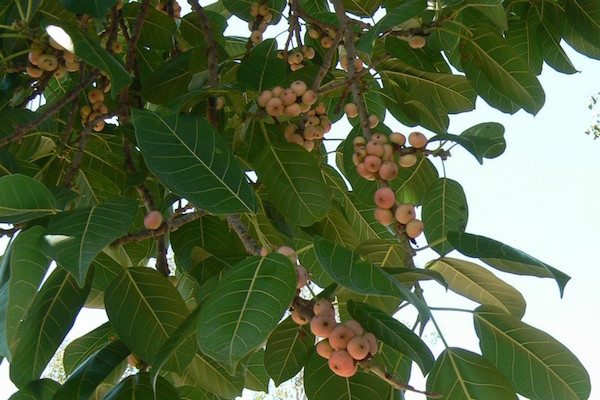Extenuating the role of Ficus virens Ait and its novel bioactive compound on antioxidant defense system and oxidative damage in cigarette smoke exposed rats
Abstract
Introduction: Production of free radicals is associated with cigarette smoke (CS) which in turn generates oxidative stress, could be responsible for alterations in the activities of enzymatic and non-enzymatic antioxidants that links with atherosclerosis.
Methods: Therefore, the putative preventive effects of F. virens extract and its bioactive compound (F18), n-Octadecanyl-O-α-D-glucopyranosyl(6’→1’’)-O-α-D-glucopyranoside were investigated on overall enzyme and non-enzymatic defense system and in oxidative stress CS-exposed rats.
Results: The enzymatic activities of hepatic and lung CAT, SOD, Gred and GST in CS exposed rats were significantly decreased, while Gpx activity in CS exposed rats was increased. Similarly, hepatic and lung GSH content was reduced when compared to value of normal control group. Simultaneous administration of FVBM extract (50 and 100 mg/rat) and F18 bioactive compound (1 mg/rat) significantly increases hepatic and lung CAT, SOD, Gred and GST activity as well GSH concentration coupled with decrease in Gpx level in CS-exposed stress rats. Moreover, our histological observations concludes the pulmonary congestion, thickening of interalveolar septa and foci of collapsed alveoli with subsequent dilation of the adjoining alveolar spaces as well as development of large irregular spaces in rats lung exposed to cigarette smoke. Similarly, the liver also showed morphological alterations with congestion in central vein, portal inflammation and necrosis in CS-exposed rats. These morphological changes reversed significantly after treatment with FVBM extract and F18 compound.
Conclusion: Thus biochemical and histopathological studies suggested that, FVBM extract and F18 showed its protective nature against CS-exposed rats.

Downloads
Published
Issue
Section
License
Copyright The Author(s) 2017. This article is published with open access by BioMedPress. This article is distributed under the terms of the Creative Commons Attribution License (CC-BY 4.0) which permits any use, distribution, and reproduction in any medium, provided the original author(s) and the source are credited.
